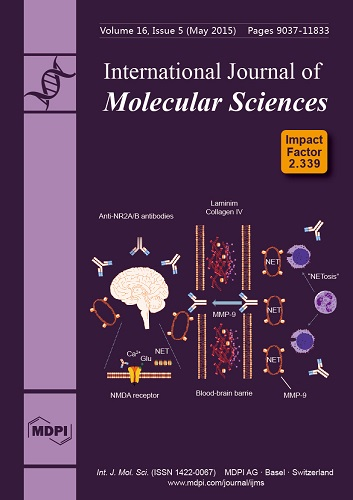Drought stress is one of the major abiotic stresses that are a threat to crop production worldwide. Drought stress impairs the plants growth and yield. Therefore, the aim of the present experiment was to select the tolerant genotype/s on the basis of moprpho-physiological and biochemical characteristics of 10
Vicia faba genotypes (Zafar 1, Zafar 2, Shebam, Makamora, Espan, Giza Blanka, Giza 3, C4, C5 and G853) under drought stress. We studied the effect of different levels of drought stress
i.e., (i) normal irrigation (ii) mild stress (iii) moderate stress, and (iv) severe stress on plant height (PH) plant
−1, fresh weight (FW) and dry weight (DW) plant
−1, area leaf
−1, leaf relative water content (RWC), proline (Pro) content, total chlorophyll (Total
Chl) content, electrolyte leakage (EL), malondialdehyde (MDA), hydrogen peroxide (H
2O
2) content, and activities of catalase (CAT), peroxidase (POD) and superoxide dismutase (SOD) of genotypes of faba bean. Drought stress reduced all growth parameters and Total
Chl content of all genotypes. However, the deteriorating effect of drought stress on the growth performance of genotypes “C5” and “Zafar 1” were relatively low due to its better antioxidant enzymes activities (CAT, POD and SOD), and accumulation of Pro and Total
Chl, and leaf RWC. In the study, genotype “C5” and “Zafar 1” were found to be relatively tolerant to drought stress and genotypes “G853” and “C4” were sensitive to drought stress.
Full article






